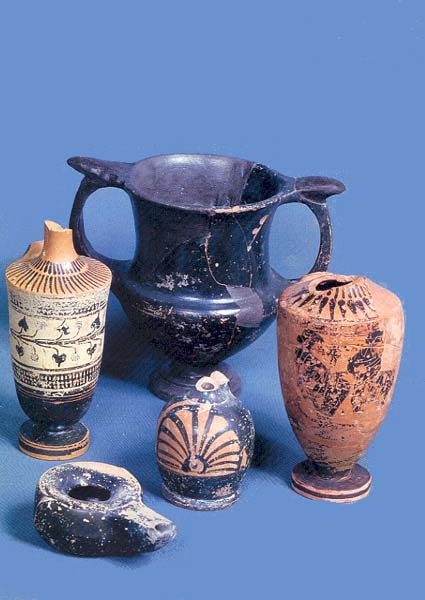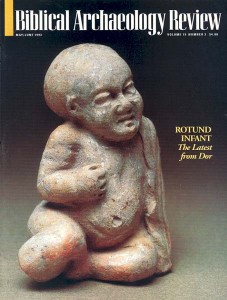The Many Masters of Dor, Part 3: The Persistence of Phoenician Culture

Twelve years of excavation have barely begun to uncover the 3,900 years of history buried at Tel Dor. Located 12 miles south of Haifa, on Israel’s Mediterranean coast, this 45-foot high mound contains the largest Phoenician city in a good state of preservation. Dor was not exclusively a Phoenician city, however. Although Phoenician culture dominated Dor for some 800 years, practically every major people of the region occupied or ruled the site at one time or another, as excavation director Ephraim Stern shows in his three-part article.
In the first two parts, Stern traced Dor’s history from its Canaanite roots, in the 20th century B.C.E., through a series of conquests by Sikils (a Sea Peoples tribe), Phoenicians, Israelites and Assyrians. Picking up the story in 733 B.C.E., this final installment looks at a succession of absentee landlords—Assyrian, Babylonian and Persian—who ruled Dor until the city’s complete Hellenization in the third century B.C.E.
Already a library member? Log in here.
Institution user? Log in with your IP address.

